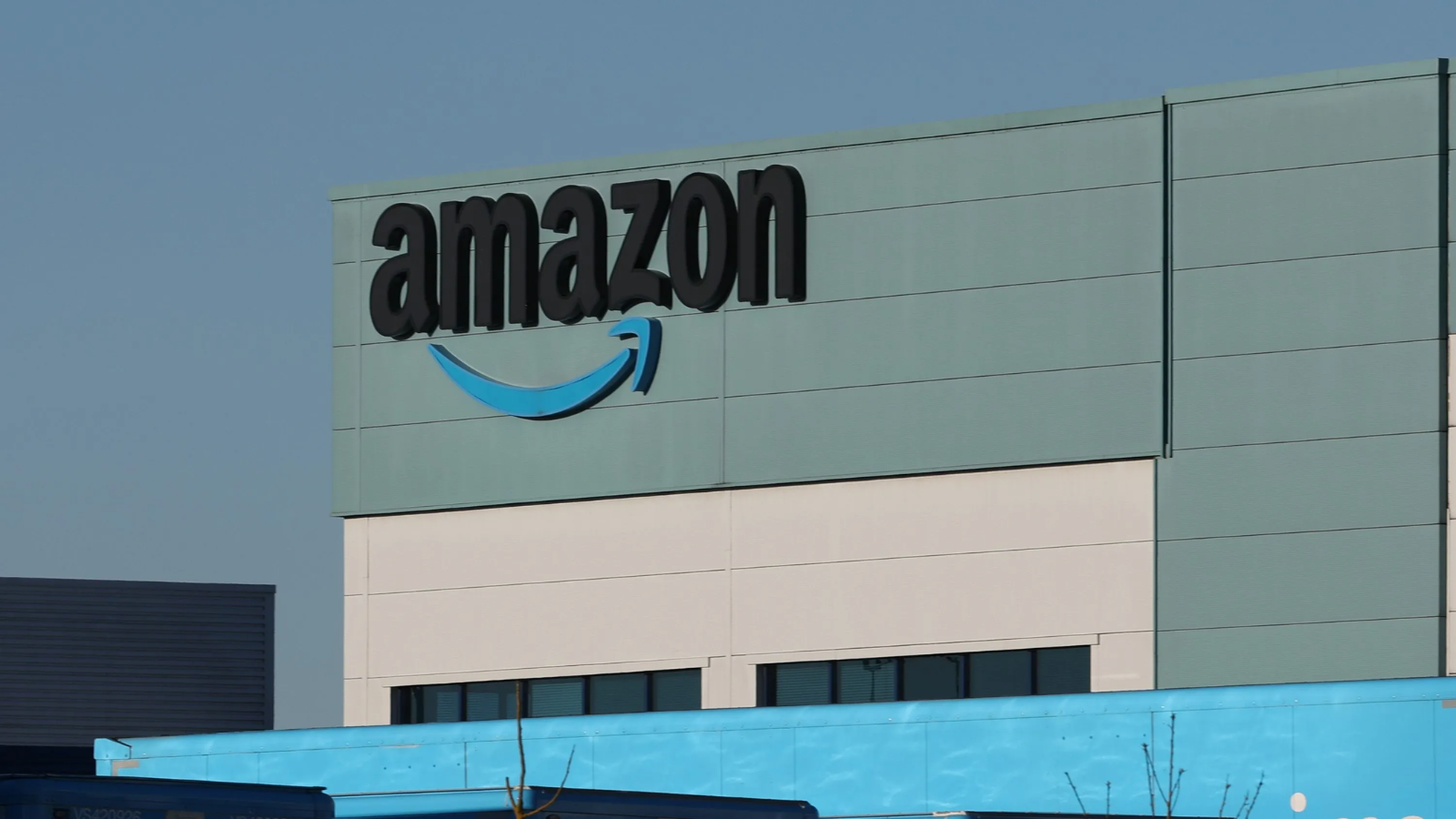Amazon Cloud Outage: Cause, Origin, And What The Glitch Reveals
A major internet outage on Monday, triggered by Amazon cloud service errors, underscored the sheer scale of reliance on the company’s infrastructure and revealed the vulnerabilities of a concentrated digital ecosystem .
The disruption, which originated in Northern Virginia, one of Amazon’s oldest and most crucial cloud regions, caused widespread slowdowns and service interruptions across major platforms. The incident underscored just how many companies and individuals rely on Amazon’s computational backbone every single day.
Despite its behind-the-scenes nature, Amazon dominates over 41% of the global cloud infrastructure market, according to research firm Gartner making it the undisputed leader ahead of Google and Microsoft .
“For a lot of people, if you're going to use AWS, you're going to use US-East-1 regardless of where you are on Planet Earth,” said Doug Madory, Director of Internet Analysis at Kentik . “We have this incredible concentration of IT services that are hosted out of one region by one cloud provider, for the world, and that presents a fragility for modern society and the modern economy.”
The US-East-1 region in Virginia handles “orders of magnitude” more data than Amazon’s other American hubs in Ohio, Oregon, and California, experts say. Though Amazon has “well over 100” massive data centers in Virginia, the cluster operates as one tightly connected network. When one part of that network falters, ripple effects are felt worldwide.
“If you’re waiting a minute to use an application, you’re not going to use it again,” noted Amro Al-Said Ahmad, computer science lecturer at Keele University , emphasizing the importance of proximity and speed in cloud operations.
Lydia Leong, a Gartner analyst, explained that Virginia remains Amazon’s “single-most popular region” partly because it has evolved into a hub for artificial intelligence (AI) workloads. The region’s data centers now power everything from chatbots to image generators, fueling a construction boom for new facilities across the U.S.
A recent TD Cowen report revealed that cloud providers leased over 7.4 gigawatts of U.S. data center capacity in the latest quarter more than the entire total for last year combined as demand for AI-driven computing skyrockets.
While most users have no idea where “the cloud” physically exists, its location can determine the very reliability of the internet itself. Monday’s outage served as a stark reminder that the world’s digital ecosystem is heavily centralized and that even a single error in one region can send shockwaves through the global web.
At its core, cloud computing allows companies from Snapchat to McDonald’s to rent Amazon’s powerful servers instead of maintaining their own infrastructure. But as the outage revealed, this convenience comes at a cost: when one cloud stumbles, the world feels the rain.

The disruption, which originated in Northern Virginia, one of Amazon’s oldest and most crucial cloud regions, caused widespread slowdowns and service interruptions across major platforms. The incident underscored just how many companies and individuals rely on Amazon’s computational backbone every single day.
Despite its behind-the-scenes nature, Amazon dominates over 41% of the global cloud infrastructure market, according to research firm Gartner making it the undisputed leader ahead of Google and Microsoft .
“For a lot of people, if you're going to use AWS, you're going to use US-East-1 regardless of where you are on Planet Earth,” said Doug Madory, Director of Internet Analysis at Kentik . “We have this incredible concentration of IT services that are hosted out of one region by one cloud provider, for the world, and that presents a fragility for modern society and the modern economy.”
The US-East-1 region in Virginia handles “orders of magnitude” more data than Amazon’s other American hubs in Ohio, Oregon, and California, experts say. Though Amazon has “well over 100” massive data centers in Virginia, the cluster operates as one tightly connected network. When one part of that network falters, ripple effects are felt worldwide.
“If you’re waiting a minute to use an application, you’re not going to use it again,” noted Amro Al-Said Ahmad, computer science lecturer at Keele University , emphasizing the importance of proximity and speed in cloud operations.
Lydia Leong, a Gartner analyst, explained that Virginia remains Amazon’s “single-most popular region” partly because it has evolved into a hub for artificial intelligence (AI) workloads. The region’s data centers now power everything from chatbots to image generators, fueling a construction boom for new facilities across the U.S.
A recent TD Cowen report revealed that cloud providers leased over 7.4 gigawatts of U.S. data center capacity in the latest quarter more than the entire total for last year combined as demand for AI-driven computing skyrockets.
While most users have no idea where “the cloud” physically exists, its location can determine the very reliability of the internet itself. Monday’s outage served as a stark reminder that the world’s digital ecosystem is heavily centralized and that even a single error in one region can send shockwaves through the global web.
At its core, cloud computing allows companies from Snapchat to McDonald’s to rent Amazon’s powerful servers instead of maintaining their own infrastructure. But as the outage revealed, this convenience comes at a cost: when one cloud stumbles, the world feels the rain.
Next Story